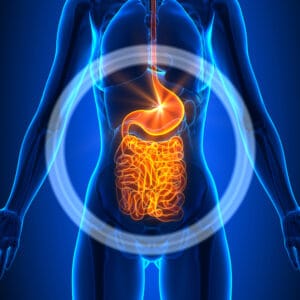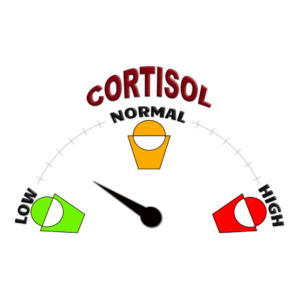In the realm of nutrition and health, few topics have garnered as much attention as the role of Vitamin D, aptly named the “sunshine vitamin.” Its unique nature and profound impact on our well-being underscore the importance of maintaining optimal levels within our bodies. This blog post delves into the significance of Vitamin D, shedding light on the symptoms of deficiency, the speed at which deficiency can occur, dietary sources, and the debate surrounding supplementation.
Symptoms of Vitamin D Deficiency
Vitamin D deficiency is a silent adversary that can manifest in various ways, often overlooked until significant health issues arise. The most common symptoms include:
- Unusual Fatigue: A pervasive lack of energy that isn’t alleviated by sleep.
- Bone and Muscle Pain: Vitamin D’s role in calcium absorption is critical for bone health and muscle function, with deficiency leading to aches and weakness.
- Frequent Infections: A compromised immune system, making one more susceptible to illnesses.
- Bone Health Issues: Long-term deficiency can precipitate osteoporosis or osteomalacia, heightening fracture risks.
- Muscle Weakness: Directly impacting physical performance and mobility.
- Bone Deformities in Children: Severe deficiency can lead to rickets, a condition marked by stunted growth and skeletal anomalies.
The Path to Deficiency: A Multifactorial Journey
How swiftly one becomes deficient in Vitamin D hinges on a myriad of factors, from sun exposure and skin tone to diet and geographical location. The body’s ability to synthesise Vitamin D from sunlight is a primary source; however, modern lifestyles often limit our exposure to adequate sunlight, accelerating the journey towards deficiency. Those with darker skin, older adults, individuals living in northern latitudes, and people with certain medical conditions are at an elevated risk.
Diet: A Ray of Sunshine in Vitamin D Intake
While sunlight is a direct source, diet plays a pivotal role in maintaining Vitamin D levels. Foods rich in Vitamin D such as fatty fish, cod liver oil, egg yolks, and UV-exposed mushrooms offer natural sources. However, the efficiency of dietary intake alone to counteract deficiency is limited, especially in those with existing low levels. The quantity of Vitamin D-rich foods needed varies based on individual health needs and dietary guidelines, but incorporating these foods can significantly contribute to maintaining adequate levels.
Supplements: Bridging the Gap
For many, vitamin D supplements represent a practical solution to offset deficiencies, particularly in regions plagued by limited sunlight. Supplements offer a direct and controllable means of ensuring adequate intake, surpassing the uncertainties of dietary sources and sun exposure. However, the importance of professional guidance cannot be overstated; a healthcare provider can tailor supplement use to individual needs, mitigating the risks of toxicity.
The Takeaway
Vitamin D’s integral role in our health panorama is undeniable. From supporting bone health to fortifying our immune system, its benefits permeate through every facet of our well-being. The journey to maintaining optimal levels is nuanced, influenced by lifestyle, environmental factors, and individual health profiles. Whether through judicious sun exposure, dietary mindfulness, or supplements, the quest for adequate Vitamin D intake is a cornerstone of holistic health. Embrace the sunshine nutrient, and illuminate the path to a healthier you.








